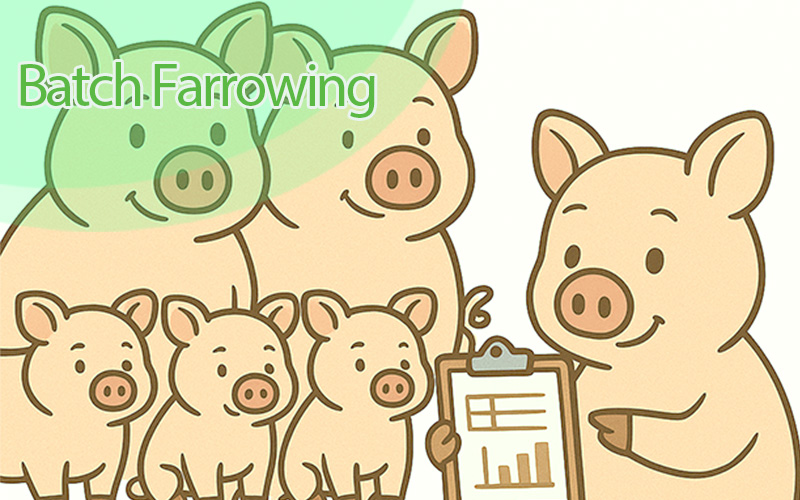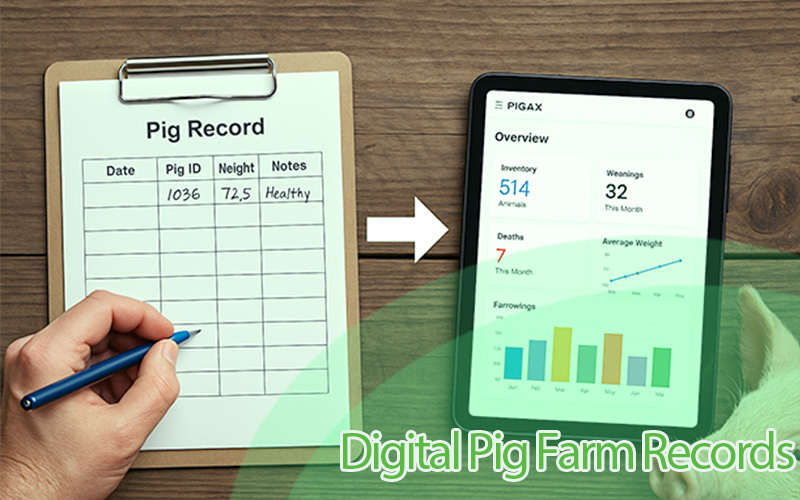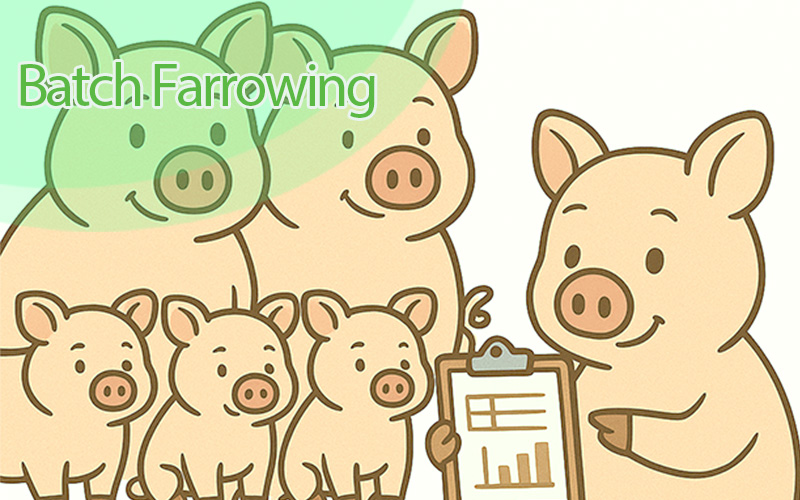The Best Pig Feed Guide for Piggery Success
Feeding is the most crucial factor responsible for any successful pig farming business, yet not all pig farmers understand the secret behind the proper feeding of farm pigs. This has led to many farmers losing profits and quitting the piggery business altogether. In this guide, we will expose some secrets that guarantee successful pig farm management.
Pig Nutritional Requirements
The nutritional requirements for farm animals vary according to their stage of maturity and purpose. There are four distinct stages of growth for farm pigs: piglets, weaners, growers, and finishers. Each stage requires specific dietary considerations to ensure optimal growth and health.
Piglets
Piglets require special attention to their diet as they transition from milk to solid feed. At around three weeks of age, piglets begin to drink water, which must be clean and readily available. To encourage feed consumption, creep feed can be mixed with water to create a mash or slurry, which also helps meet their hydration needs.
Initially, piglets rely on the sow’s milk, particularly colostrum, which provides essential nutrients and immunity. The introduction of creep feed begins as early as one week of age. This pre-starter diet bridges the gap between milk and more substantial feeds, supporting piglets until they are ready for a starter diet. This gradual transition ensures proper digestive development and reduces weaning stress.
Weaners
Weaners have more advanced dietary needs, requiring a diet rich in protein (10% to 20%) and energy (3000 to 3200 kcal/kg). Successful weaning, which typically occurs between three to six weeks, depends on careful management and attention to detail.
The weaning process introduces significant stress to the piglet. To minimize its impact, anti-stress vitamins are administered for the first three days post-weaning, and feed quantities are gradually increased. Warm, draft-free housing is critical to comfort and health during this time.
Weaned pigs should be dewormed after two weeks and again within two to three months to prevent internal parasites. External parasites such as lice and mites are controlled within one to two weeks post-weaning. Proper care during this stage ensures that weaners reach their growth potential.
Growers
Growers require a diet with an energy content of 2800 kcal/kg and crude protein levels of 16% to 18%. Pigs in this stage, which weigh between 35 kg and 90 kg, benefit from feed mixed with water to form a slurry. This practice improves digestibility and reduces the dustiness of the feed.
During the grower stage, the pigs’ environment and feeding plan must support consistent growth. Regularly weighing pigs helps monitor progress, ensuring that males and females are separated when the males reach 30 kg to prevent unintended breeding. High-quality feed in sufficient quantities ensures steady weight gain and sets the stage for efficient finishing.
Finishers
Finishers, typically pigs above 90 kg, require a diet designed to add body condition and prepare them for market. A common finisher feed contains 16% protein and includes ingredients like maize germ, pollard, soya cake, fishmeal, lime, bone meal, salt, lysine, feed premix, and zinc. This formulation provides a digestible crude protein content of 22.3%, ensuring optimal growth and muscle development.
The finishing stage focuses on maximizing weight gain while maintaining health and overall body condition. Pigs at this stage are monitored closely to ensure readiness for market.
Guide to Proper Pig Housing
Proper housing plays a critical role in the growth and health of pigs. Pigs should be grouped by age and size to ensure fair access to feed and to monitor their consumption and growth efficiency. Large litters can be grouped together to simplify management and improve record-keeping.
Sick pigs must be isolated for treatment to prevent the spread of illness. Pigs not intended for sale can be raised on self-fed rations until they reach the finishing stage. By the age of five months, a healthy pig should weigh between 64 kg and 80 kg, with a daily weight gain of 0.55 kg to 0.68 kg. Proper housing, combined with consistent feeding, ensures pigs reach sexual maturity and market readiness at the right time.
Management Guidelines for Pig Farms
Effective management practices complement proper feeding to ensure the success of a pig farm. Regular inspections, proper watering, bedding maintenance, and strategic sorting are essential components of this management.
Animals should be inspected every morning for any signs of abnormal behavior, injuries, or parasites. A second inspection at the end of the day ensures any issues are addressed promptly. Drinking troughs must be washed and disinfected daily, and water should be replenished regularly to maintain hygiene. Feed should be provided in quantities that pigs can consume within 20 to 30 minutes, with any leftovers discarded the following day.
Bedding materials such as wood shavings or straw should be replaced as they become damp. Clean bedding ensures the pigs remain comfortable and reduces the risk of disease. Pigs must also be sorted by age, with gilts and boars housed separately. Secure boar pens prevent escapes and injuries, ensuring the safety of the animals.
Conclusion
Effective pig farming hinges on understanding and implementing the right feeding and management practices. By catering to the specific nutritional needs of pigs at each stage of their growth and maintaining optimal housing conditions, farmers can significantly enhance productivity and profitability. A committed approach to these practices ensures a thriving piggery business that not only meets but exceeds market expectations.




